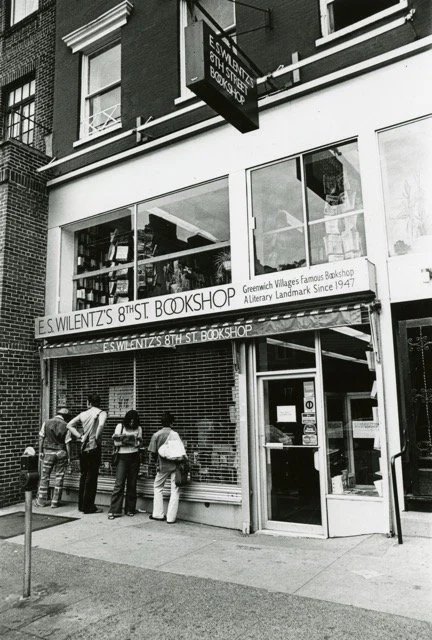Gotham: A Blog for Scholars of New York City History
View our complete bibliography (800+ articles) here
Categories
- American Revolution
- Animals
- Antebellum & Civil War
- Arts & Culture
- British Era
- Bronx
- Brooklyn
- Built Environment
- Business & Labor
- Contemporary Era
- Crime & Policing
- Early Republic
- Education
- Excerpts
- Food & Drink
- Gender & Sexuality
- Gilded Age
- Great Depression & New Deal
- Housing & Realty
- Immigration
- Interviews
- Lenape
- Manhattan
- Media
- Medicine & Public Health
- Metropolitan Region
- Museums
- Native Americans
- Nature & Environment
- New Amsterdam
- Parks
- Podcasts
- Politics
- Postwar New York
- Poverty & Inequality
- Progressive Era
- Queens
- Race & Ethnicity
- Religion
- Reviews
- Science
- Slavery & Antislavery
- Staten Island
- Transportation
- Urban Decline & Fiscal Crisis
- Urban Planning
- Waterfront & Islands
- Women
Gotham is a blog for independent and professional scholars of New York City history
We invite submissions and feedback
Meet our editorial team | See our past contributors
Distribution Partners













Quarantine Scenes in Staten Island History
By Carlos Santiago
New York City’s borough of Staten Island has a long history of quarantines and public reactions to them. Just over five miles from Manhattan, Staten Island has faced numerous disease outbreaks, with quarantine measures playing a central role in containment efforts. In the nineteenth century, mass immigration and the spread of infectious diseases overwhelmed the city, leading to stricter quarantine enforcement.